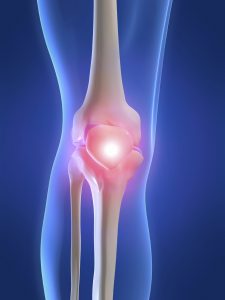Knee pain is prevalent among adolescents and active adults. Patellofemoral pain and osteoarthritis are the most likely causes of pain. It may be present with squatting, lunging, prolonged sitting, kneeling, running, jumping or twisting.

Research seems to support a combination of hip and knee strengthening as a primary line of defense and treatment for knee pain. Interestingly, males with PFP do not seem to have weakness in the gluteus medusa like their female counterparts. The link below is an abstract that speaks to this difference between the two groups:
https://www.ncbi.nlm.nih.gov/pubmed/30090674
Other modalities used to address anterior knee pain include patellar bracing/taping, blood flow restriction training, dry needling/acupuncture and soft tissue work seems to bring more questions accordion to some experts.
Click here to read the 2018 Consensus statement on exercise therapy and physical interventions (orthoses, taping and manual therapy) to treat patellofemoral pain from the 5th International Patellofemoral Pain Research Retreat.
Clinically, I have seen good results with the following:
1. Activity modification
2. Glute and quadriceps strengthening
3. Blood flow restriction (BFR) training
4. Sequential and progressive loading based on pain response
The following prior posts reveal some good info on hip strengthening as well as BFR:
For runners, I often advocate single limb training to optimize dynamic hip stability and reduce frontal plane collapse. Closed chain exercises between 0 and 60 degrees of knee flexion are generally safe for most clients. Assessing any deficits in ankle and hip mobility is important as well as restrictions can lead to excessive loads on the knee joint. Obtaining a functional movement screening and video assessment of running mechanics can be helpful in detecting asymmetry and biomechanical flaws.
Want to learn more about running your best? Click here to check out my on demand webinar.
If you want more insight on how I address the arthritic knee, sign up for my live webinar on the arthritic knee this Thursday at 8 PM EST or sign up for the on-demand webinar anytime below:

